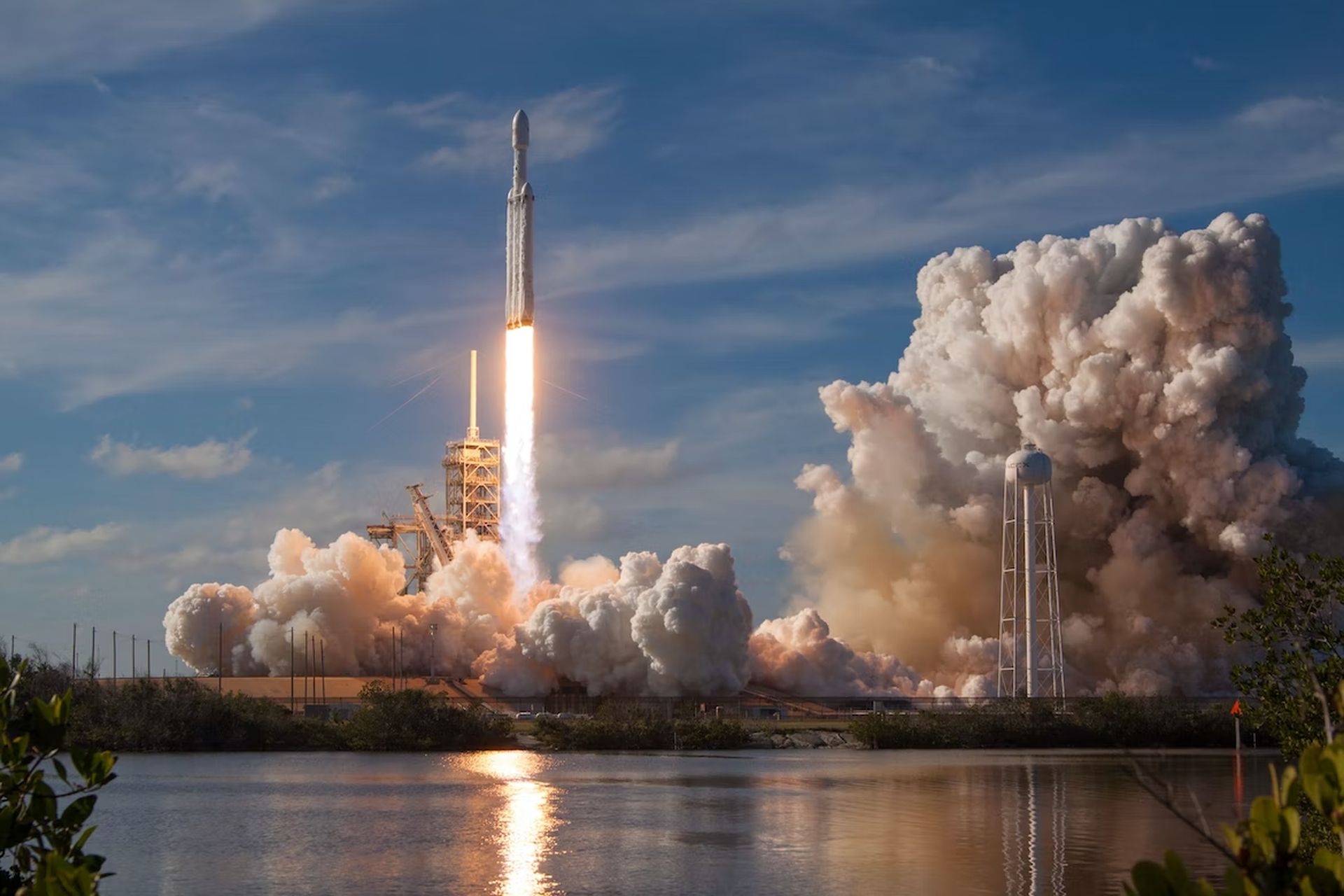We are here to get to know the Artemis 1 crew members! On November 16, NASA plans to launch Artemis 1 mission, the first segment and unmanned flight test of the Artemis Program. The Space Launch System (SLS) rocket’s technical issues as well as tropical storms Ian and Nicole caused repeated delays to the mission.
The launch of Artemis I was supposed to take place on November 14, but Tropical Storm Nicole forced a delay. Based on the predicted weather and options for retreating ahead of the storm, NASA decided that keeping the SLS rocket and Orion spacecraft firmly fastened at the launchpad in Florida’s Kennedy Space Center was the best course of action for the launch hardware.
The Orion spacecraft will splash down off the coast of Florida on September 11 if Artemis 1 mission launches on time and the mission goals are met in orbit.
Additionally, NASA has selected a backup launch window for November 19th.
Artemis 1 crew members
Under the Artemis 1 mission, NASA is going back to the Moon to teach people how to live and work on another planet.
They chose the Artemis Team, the first group of NASA astronauts, to help prepare the way for the upcoming lunar missions, which will send the first man and woman to walk on the moon in 2024.
And NASA is not acting alone in this. Long-term exploration depends on international collaboration, and some of its astronauts will eventually join the Artemis Team.
Let’s now get to know the Artemis 1 crew members!
Artemis 1 crew: Joseph Acaba
Acaba is our first Artemis 1 crew member. Acaba served in the Reserves of the US Marine Corps. He was a hydro-geologist who mostly worked on Superfund sites in Los Angeles, California. He was involved in the evaluation and cleanup of groundwater contamination. He served in the Dominican Republic’s Peace Corps for two years as an environmental education awareness promoter. On Lee Stocking Island in the Bahamas’ Exumas, he served as the center’s manager for the Caribbean Marine Research Center. He taught middle school math and science for four years at Dunnellon Middle School in Florida before joining NASA. He also taught high school science for one year at Melbourne High School in Florida.
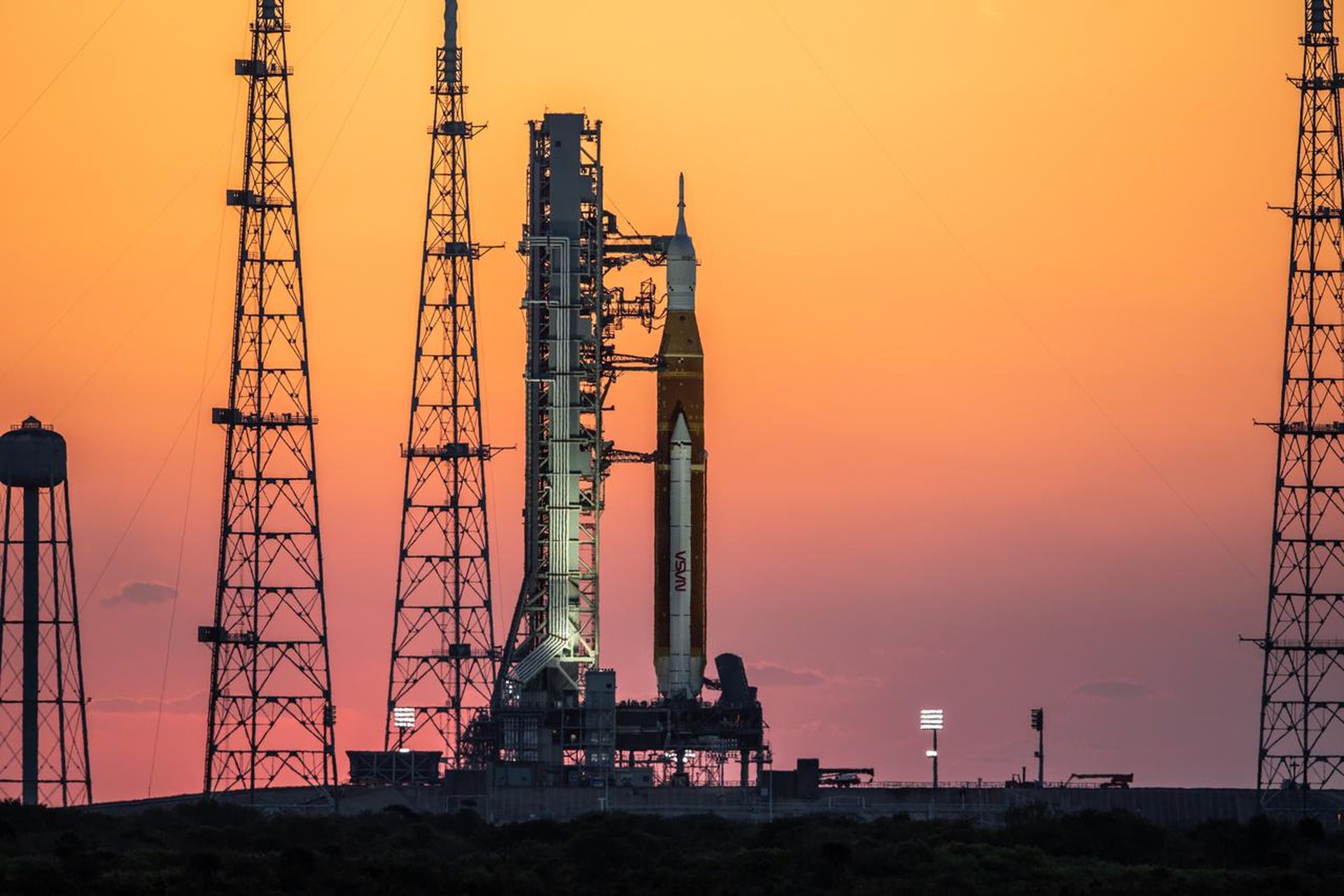
Artemis 1 crew: Kayla Barron
After receiving his commission as a Navy lieutenant in 2010, Barron started graduate school right away. Her graduate work concentrated on simulating the fuel cycle for a notion of a next-generation nuclear reactor powered by thorium. After finishing graduate school, Barron trained as a nuclear power and submarine officer in the U.S. Navy before being appointed aboard the USS Maine, a ballistic missile submarine of the Ohio class with a homeport in Bangor, Washington. While serving as a division officer aboard the Maine, Barron qualified as a submarine warfare officer and completed three strategic deterrent patrols. Barron was working as the Flag Aide to the U.S. Naval Academy Superintendent at the time of her selection. Barron is one of the most succesful Artemis 1 crew members.
Artemis 1 crew: Raja Chari
Chari was a Colonel select in the U.S. Air Force at the time of his selection in June 2017 and held the positions of Director of the F-35 Integrated Test Force and Commander of the 461st Flight Test Squadron. He has logged more than 2,000 hours in the air, including combat missions in the F-15E during Operation Iraqi Freedom and deployments to support the Korean peninsula. He has also flown the F-35, F-15, F-16, and F-18.
Artemis 1 crew: Matthew Dominick
Following his graduation from the University of San Diego in 2005, Dominick was commissioned through the Reserve Officers’ Training Corps (ROTC) and reported to Pensacola, Florida, for flying training. In order to transition to the F/A 18E Super Hornet, he reported to Strike Fighter Squadron 106, Naval Air Station Oceana, Virginia, in 2007 after receiving the designation of Naval Aviator. Dominick was assigned to Strike Fighter Squadron 143 after his basic training.
He flew close air support missions during two deployments to the North Arabian Sea in support of Operation Enduring Freedom. Dominick was a member of Strike Fighter Squadron 143 when he was chosen to participate in the Naval Postgraduate School / U.S. Naval Test Pilot School Co-Operative Program, where he graduated from the U.S. Naval Test Pilot School and received a Master of Science in Systems Engineering from the Naval Post Graduate School.
Dominick joined Air Test Evaluation Squadron 23’s fixed wing carrier suitability flight test division after being designated a developmental test pilot in 2013. There, he worked as the project officer for developmental flight tests for several carrier suitability test initiatives, such as MAGIC CARPET, Joint Precision Approach & Landing Systems, Infrared Search and Track Pod, and the certification of aircraft carriers for precision approach and landing.
He conducted flight tests for the F/A-18ABCD, F/A-18E/F, and EA-18G aircraft. He also participated to the test programs for the X-47B, Unmanned Carrier Launched Surveillance and Strike, V-22, T-45, E-2C, C-2A, and F-35C. Dominick rejoined Strike Fighter Unit 115 in 2016, a military operational squadron that flew F/A-18E Super Hornets for the Forward Deployed Naval Forces stationed in Atsugi, Japan.
Dominick was working as the department head for Strike Fighter Squadron 115 and a Naval Aviator in the U.S. Navy at sea on the USS Ronald Reagan (CVN 76) when he was chosen as an astronaut candidate in June 2017. More than 1,600 flight hours in 28 different aircraft models, 400 carrier arrestments, 61 combat missions, and almost 200 flight test carrier landings have all been accumulated by him. He served as a great Artemis 1 crew member over the years.
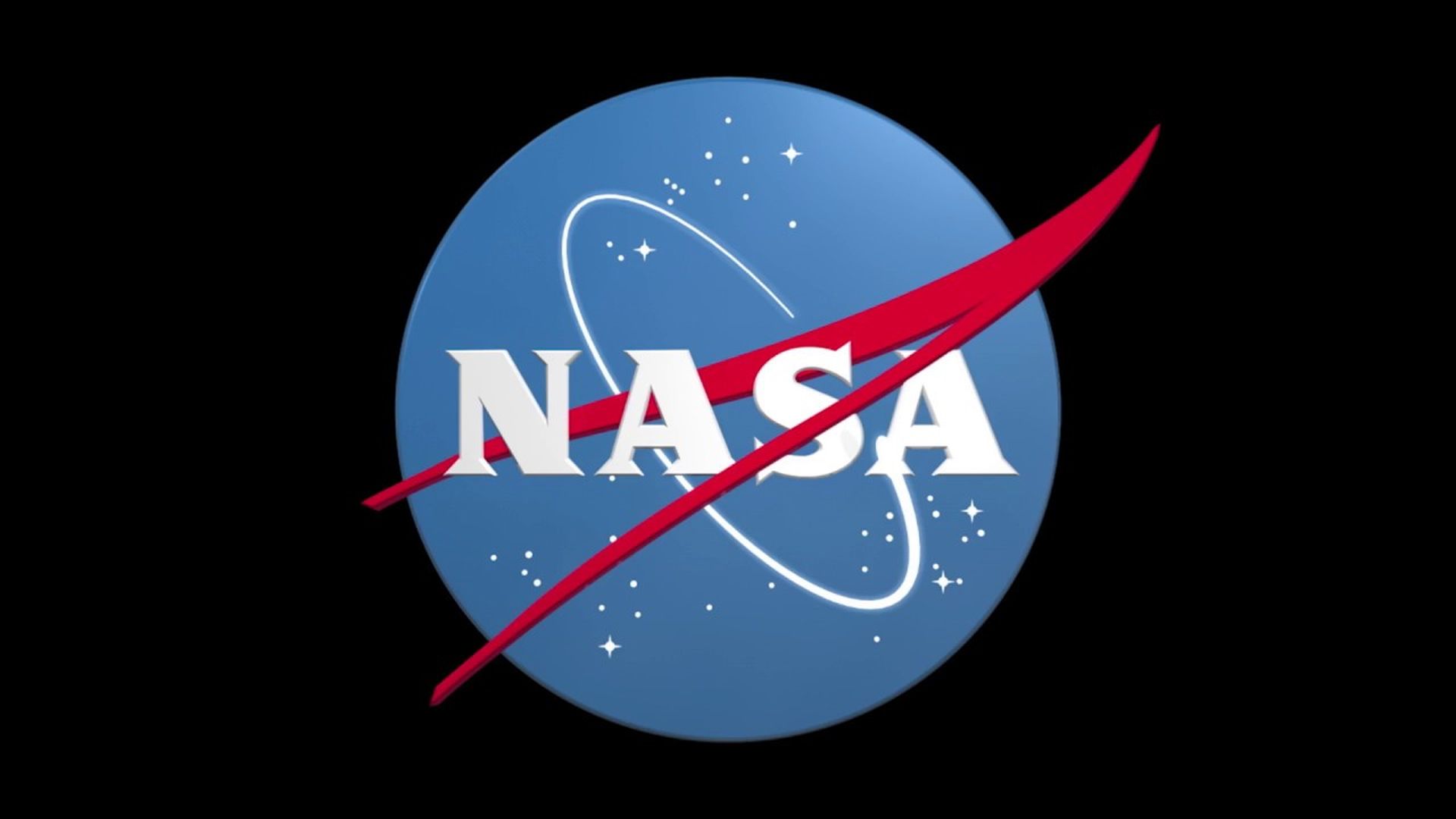
Artemis 1 crew: Victor Glover
After being commissioned, Glover started preflight training in Pensacola, Florida, and finished advanced flight training in Kingsville, Texas. On December 14, 2001, Glover was awarded his gold wings. Glover arrived at VMFAT 101, the Marine Fleet Replacement Squadron, in Miramar, California, in 2002. He was deployed to the Blue Blasters of Strike Fighter Squadron VFA34 at Oceana, Virginia in 2003 after finishing the F/A18C syllabus. He finished the USS John F. Kennedy’s (CV-67) last tour in aid of Operation Iraqi Freedom with the Blue Blasters. He earned a Space Systems Certificate from the Naval Postgraduate School while serving overseas.
Glover was then chosen to represent the US Navy as an exchange student at the Air Force Test Pilot School. He took to the skies in more than 30 different aircraft in both Italy and the United States during the course’s one-year duration. He received his test pilot designation on June 9, 2007. The Dust Devils of Air Test and Evaluation Squadron VX-31 in China Lake, California, used Glover as a test pilot to evaluate various armament systems on the F/A-18 Hornet, Super Hornet, and EA-18G Growler. He attended NPS in Monterey, California, and obtained a Master of Science in Systems Engineering during his free time.
Glover was given instructions to attend the Air Command and Staff College at Maxwell Air Force Base in Alabama in 2009. Glover joined the Dambusters of Strike Fighter Squadron VFA195 in Atsugi, Japan, where he worked as a Department Head after graduating. He made three deployments with the Dambusters to various Pacific Ocean sites. Glover was chosen for the Legislative Fellowship in 2012. He was given the position of a U.S. Senator and was required to report to the Office of Legislative Affairs in Washington, D.C. He finished a Certificate in Legislative Studies at Georgetown University when he was in Washington, D.C. When chosen as an astronaut candidate, Glover was a Legislative Fellow in the U.S. Senate.
Glover completed 24 combat missions, 400 carrier arrested landings, and 3,000 flying hours in more than 40 different aircraft.
Artemis 1 crew: Warren Hoburg
Hoburg was a teaching assistant in the Department of Aeronautics and Astronautics at MIT when he was chosen in June 2017. He was responsible for undergraduate Dynamics and Flight Vehicle Engineering courses. Hoburg’s research centered on effective techniques for engineering system design. His team created and maintains the open-source Python library for geometric programming called GPkit.
A five-day endurance UAV currently in development for the US Air Force was created using the methods of his group. He developed software for composite production processes while working for Boeing Commercial Airplanes Product Development prior to attending MIT. He served as an operations leader for the Bay Area Mountain Rescue Unit from 2010 to 2013 and was a seasonally employed member of Yosemite Search and Rescue. Now he continues as a Artemis 1 crew member.
Artemis 1 crew: Jonny Kim
After graduating from high school in 2002, Kim joined the Navy as a Seaman recruit. He reported to Coronado, California’s Basic Underwater Demolition/SEAL (BUD/S) training after finishing Hospital Corpsman “A” school training. Kim reported to the John F. Kennedy Special Warfare Center and School in Fort Bragg, North Carolina, for the Special Operations Combat Medic Course after completing his training at Naval Special Warfare. He obtained a variety of certifications, including those for Combatant Diver (closed circuit rebreather), Naval Special Warfare Special Reconnaissance Scout and Sniper, and Advanced Special Operations Techniques before being assigned as a Special Warfare Operator to SEAL Team Three Charlie Platoon in San Diego, California.
Over the course of two deployments to the Middle East, including Ramadi and Sadr City, Iraq, Kim participated in more than 100 combat missions as a Special Operations Combat Medic, sniper, navigator, and point person. After graduating from the University of San Diego in 2012, he was appointed as a naval officer through the Navy’s Seaman to Admiral-21 enlisted-to-officer commissioning program. 2016 saw Kim begin his medical internship with Harvard Affiliated Emergency Medicine Residency following his graduation from Harvard Medical School. Kim was a resident physician in emergency medicine with Partners Healthcare at Massachusetts General Hospital and Brigham and Women’s Hospital at the time of his astronaut selection in June 2017. Kim is still a Navy Lieutenant on active service at NASA.
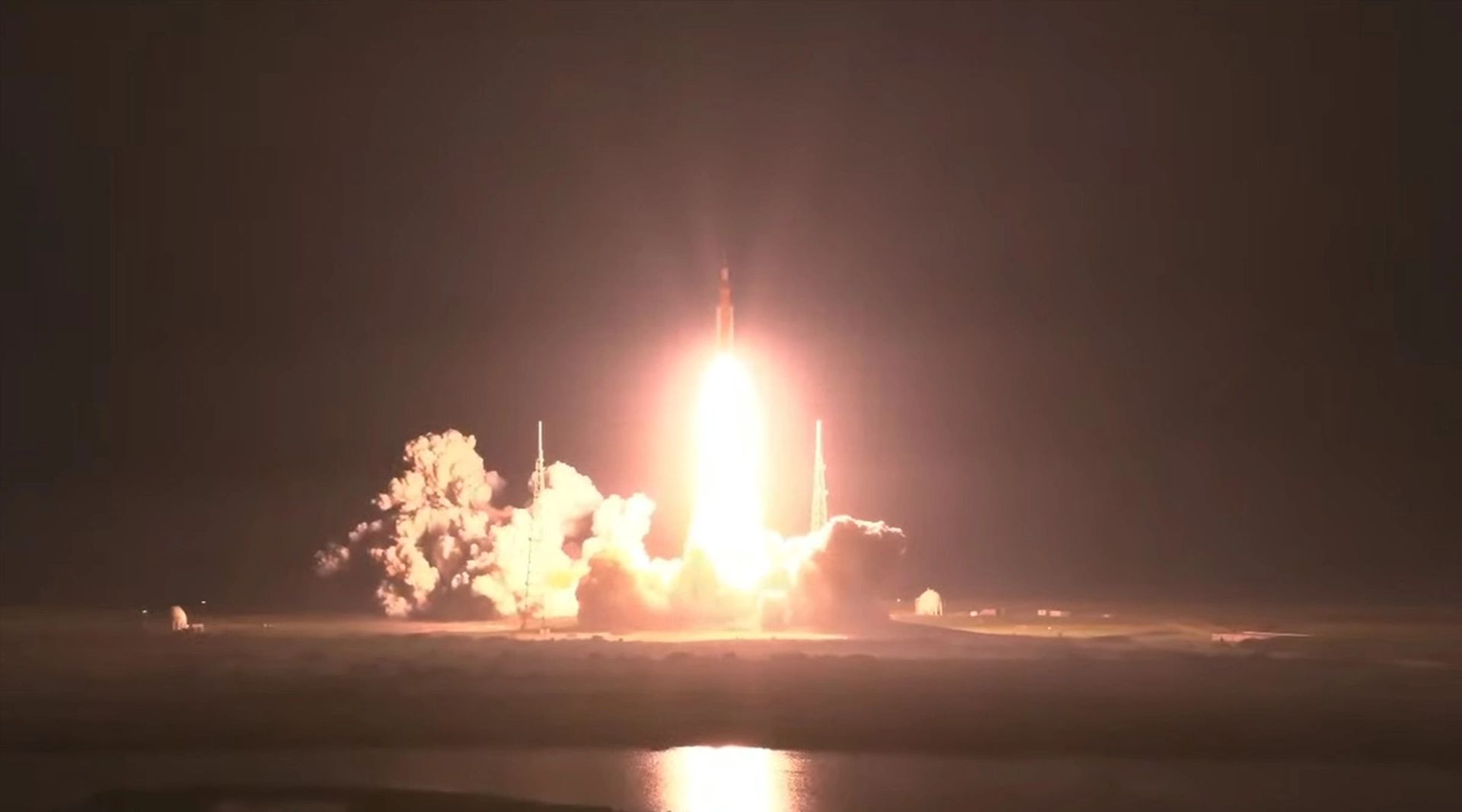
Artemis 1 crew: Christina H. Koch
Prior to joining NASA, Koch worked in the fields of remote scientific field engineering and space science equipment development. As an Electrical Engineer, she started her career at the Goddard Space Flight Center (GSFC) Laboratory for High Energy Astrophysics, where she worked on the scientific equipment for a number of NASA space science missions. From 2004 to 2007, Koch worked as a Research Associate for the US Antarctic Program. This included a one-year stay, a season at Palmer Station, and a stopover at the Admunsen-Scott South Pole Station. She participated in the Firefighting and Search and Rescue Teams while performing this duty.
Koch returned to the creation of space scientific instruments from 2007 to 2009 while working as an electrical engineer in the space department of the Johns Hopkins University Applied Physics Laboratory. She helped develop radiation-scanning sensors for NASA missions like Juno and the Van Allen Probes. Koch made a comeback to conducting remote scientific fieldwork in 2010, visiting Palmer Station in Antarctica and spending several winters at Summit Station in Greenland.
2012 saw Koch continue his work with the National Oceanic and Atmospheric Administration at distant scientific facilities (NOAA). She worked as a Field Engineer at the American Samoa Observatory and subsequently as Station Chief at the NOAA Global Monitoring Division Baseline Observatory in Utqiagvik, Alaska. She engaged in technical instruction, volunteer tutoring, and educational outreach throughout her career. She is now an Artemis 1 crew member.
Artemis 1 crew: Kjell Lindgren
Lindgren was a part of the “Wings of Blue” parachute squad at the U.S. Air Force Academy, where he worked as an instructor, a jumpmaster, and a member of the team that won the intercollegiate national championship. Lindgren worked in the Space Physiology Lab at the NASA Ames Research Center in Sunnyvale, California, doing cardiovascular countermeasure research as part of his master’s studies at CSU.
He studied medicine and did high-altitude physiological studies. In 2007, Lindgren started working at Johnson Space Center. He assisted with training and operations for the International Space Station in Star City, Russia, and water survival training in the Ukraine as a WyleUniversity of Texas Medical Branch flight surgeon. He was working as the Deputy Crew Surgeon for STS 130 and Expedition 24 when he was chosen for the astronaut corps. Now he is joining the crew for the Artemis 1 mission.
Artemis 1 crew: Nicole A. Mann
Mann was commissioned as a Second Lieutenant in the United States Marine Corps in 1999. Following graduate school, she completed The Basic School (TBS) in Quantico, Virginia and reported to Naval Air Station (NAS) Pensacola, Florida, for flight training in 2001. She earned her wings of gold as a Naval Aviator in 2003 and reported to VFA-106 for fleet training in the F/A-18C. She began her operational flying career in 2004 with the Thunderbolts of VMFA-251 based out of Beaufort, South Carolina. During this assignment, she deployed twice with CVW-1 aboard the USS ENTERPRISE (CVN-65) and flew combat missions in support of Operations IRAQI FREEDOM and ENDURING FREEDOM.
In 1999, Mann received his commission in the US Marine Corps as a Second Lieutenant. She finished The Basic School (TBS) in Quantico, Virginia after finishing graduate school, and in 2001 she reported to Naval Air Station (NAS) Pensacola, Florida, for pilot training. She reported to VFA-106 for fleet training on the F/A-18C in 2003 after receiving her gold Naval Aviator wings. In 2004, she joined the Thunderbolts of VMFA-251, based out of Beaufort, South Carolina, to start her operational flying career. She flew combat missions in support of Operations Iraqi Freedom and Enduring Freedom while on this assignment, and she deployed twice with CVW-1 aboard the USS Enterprise (CVN-65).
Mann began serving as the VX-23 Operations Officer in the spring of 2011. When Mann was chosen as an astronaut candidate in July 2012, she was assigned to PMA-281 as the Joint Mission Planning System – Expeditionary (JMPS-E) Integrated Product Team (IPT) Lead. She has completed 47 combat missions in Iraq and Afghanistan and more than 2,500 flight hours in 25 different types of aircraft. Now she is a part of the Artemis 1 mission.
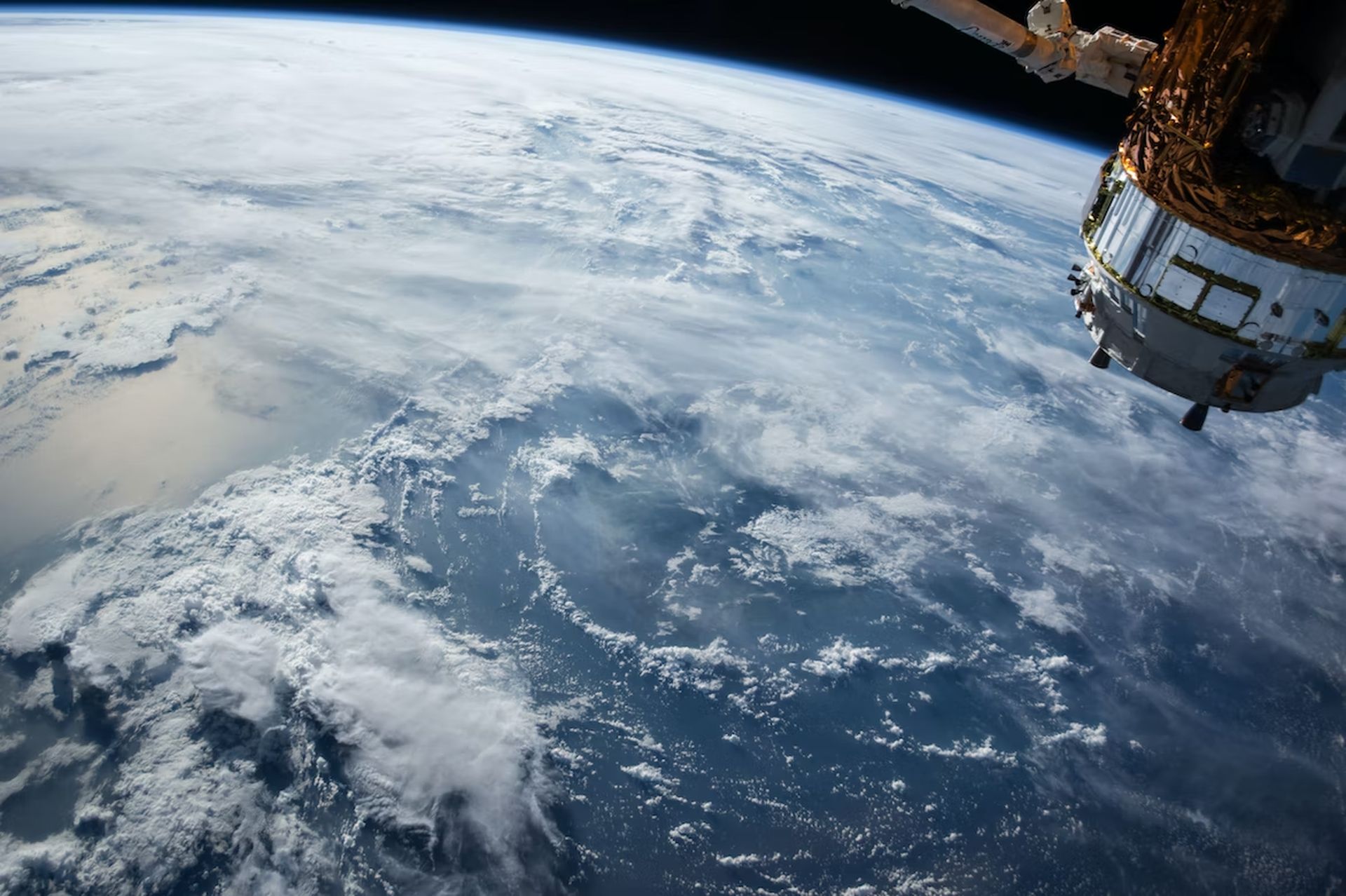
Artemis 1 crew: Anne McClain
After being commissioned as an Army lieutenant in 2002, McClain enrolled right away in graduate school. Her research was later published by the American Institute of Aeronautics and Astronautics. At the University of Bath, she concentrated on the unsteady aerodynamics and flow visualization of free-to-roll nonslender delta wings (AIAA). While doing so, she conducted research at the nearby University of Bristol on the security burden in developing nations.
McClain obtained her OH-58D Kiowa Warrior scout/attack helicopter pilot’s license after finishing graduate school. As an Air Traffic Control Platoon Leader, Aviation Intermediate Maintenance Platoon Leader, and later Detachment Commander, she started her operational flying career with the 2nd Battalion, 6th Cavalry Regiment at Wheeler Army Airfield, Hawaii. She participated in Operation Iraqi Freedom for 15 months, flying 216 combat missions for more than 800 hours as pilot-in-command and Air Mission Commander.
She completed the Aviation Captain’s Career Course in 2009, after which she was appointed battalion operations officer and OH-58D instructor for the 1st Battalion, 14th Aviation Regiment at Fort Rucker. She was given the responsibility of overseeing the initial entry training, instructor pilot training, and maintenance test pilot training for the Army in the OH-58D Kiowa Warrior when she was named Commander of C Troop, 1st Battalion, 14th Aviation Regiment in May 2010.
In 2011 and 2012, she finished the C-12 fixed wing multiengine qualifying courses and the Command and General Staff College. She subsequently enrolled at the U.S. Naval Test Pilot School, where she eventually earned her Class 143 diploma in June 2013—the same month that she was chosen as a NASA astronaut candidate.
Senior Army Aviator McClain has more than 2,000 flying hours under his belt in 20 different rotary and fixed-wing machines. She is a certified pilot, instructor pilot, and rated pilot in the OH-58D Kiowa Warrior, the C-12 Huron (King Air), the UH-60 Blackhawk, and the UH-72 Lakota.
Artemis 1 crew: Jessica Meir
Meir focused on oxygen depletion in diving elephant seals and emperor penguins for her doctoral studies on the diving physiology of marine mammals and birds (northern California). During her post-doctoral study at the University of British Columbia, she studied the high-flying bar-headed goose. She trained geese to fly in a wind tunnel while taking numerous physiological parameters in low oxygen conditions.
Meir accepted a position as an assistant professor at Massachusetts General Hospital and Harvard Medical School in 2012, where she carried on her investigation into the physiology of animals living in harsh conditions. She also participated in diving expeditions with the Smithsonian Institution in Belize and the Antarctic, and she has been very active in outreach programs for science. Now she is an Artemis 1 crew members.
Artemis 1 crew: Jasmin Moghbeli
After earning her undergraduate degree in 2005, Moghbeli was commissioned as a Second Lieutenant in the United States Marine Corps. She reported to Naval Air Station (NAS) Pensacola, Florida for flying training following the completion of Initial Flight School (IFS) and The Basic School (TBS) in Quantico, Virginia. In order to train in the AH-1W Super Cobra helicopter, she reported to Marine Light Attack Helicopter Training Squadron 303 (HMLA/T 303) after receiving her gold wings as a Naval Aviator in 2008.
In 2008, she joined Marine Light Attack Helicopter Squadron 367 (HMLA 367) Scarface at Marine Corps Air Station (MCAS) Camp Pendleton, California, to start her operational flying career. In Afghanistan from 2009 to 2010, she served with HMLA 367 in support of the International Security Assistance Forces (ISAF) and Operation Enduring Freedom (OEF). She deployed in 2011 in support of the 13th Marine Expeditionary Unit (MEU) and was attached to Marine Medium Helicopter Squadron 163 (HMM 163) Reinforced (REIN) at MCAS Miramar, California. Later, she was transferred to HMLA 367, where she finished her third deployment in support of the 31st MEU in 2012 with HMM 262 (REIN).
She reported for duty at the United States Naval Test Pilot School in NAS Patuxent River, Maryland, to join Class 144 after her last deployment. After completing a conversion curriculum to the updated AH 1Z and UH 1Y at MCAS Camp Pendleton, she started her developmental test tour with Air Test and Evaluation Squadron 31 (VX 31) aboard NAS China Lake, California in 2014.
Moghbeli performed numerous flight tests at VX-31, including those for various weapons systems, a ground proximity warning system, software updates, and an electronic warfare pod. She also started working toward her Master’s degree at the Naval Postgraduate School during this time. Moghbeli reported to MCAS Yuma in Arizona in 2017 to join Marine Operational Test and Evaluation Squadron 22 (VMX 22). He later joined Marine Operational Test and Evaluation Squadron 1 as a plank holder.
Moghbeli was testing H-1 helicopters and working as the VMX-1’s quality assurance and avionics officer at the time of her selection in June 2017. She has flown more than 25 different aircraft for more than 2,000 hours, including more than 150 combat missions. Now she is joining the crew for the Artemis 1 mission.
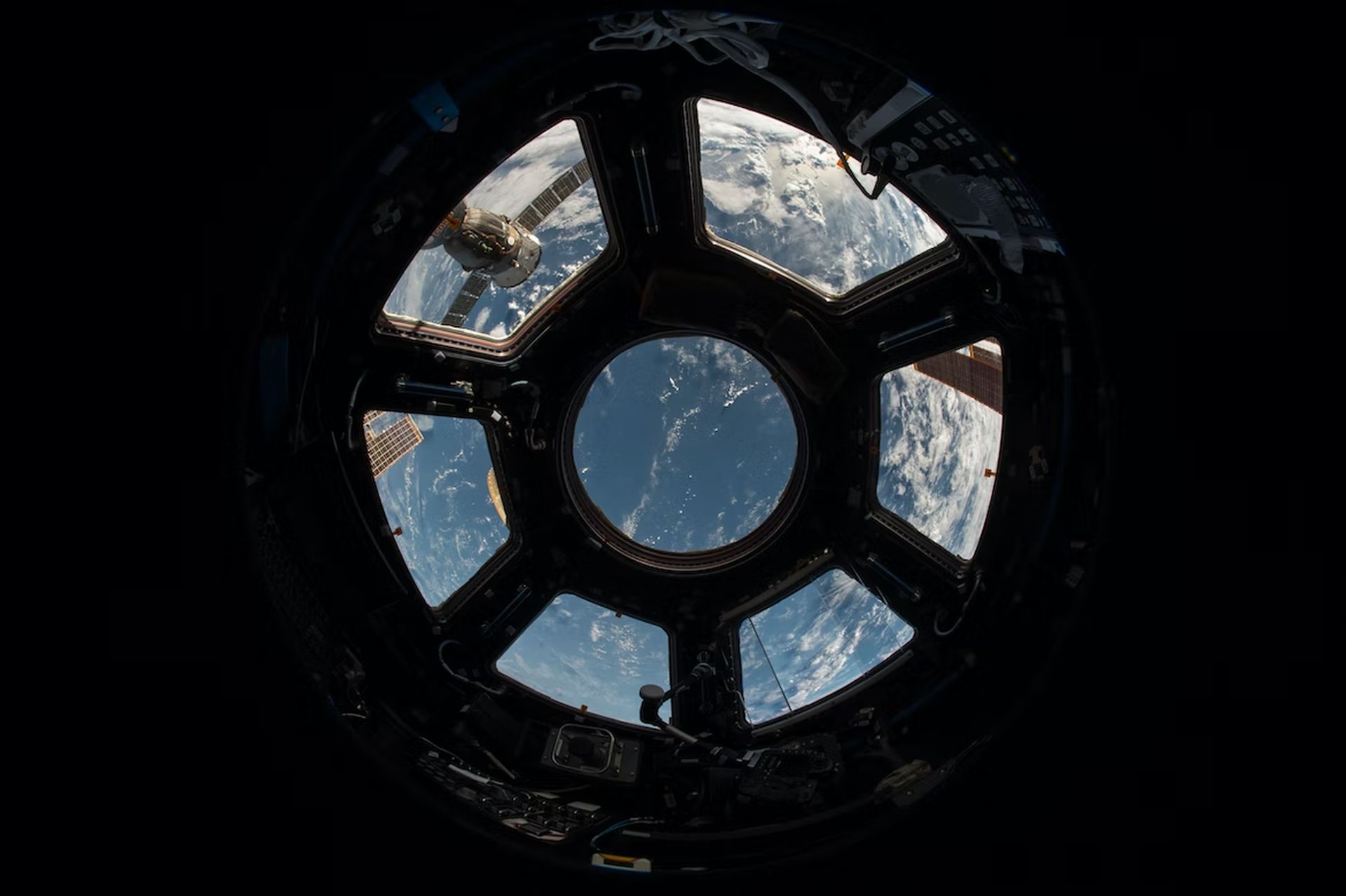
Artemis 1 crew: Kate Rubins
At the Salk Institute for Biological Studies’ Infectious Diseases Laboratory, Rubins did her undergraduate research on HIV-1 integration. She looked at a number of research on HIV-1 Integrase inhibitors as well as genome-wide analysis of HIV integration patterns into host genomic DNA as she examined the process of HIV integration.
After receiving her doctorate from Stanford University, Rubins and colleagues created the first model of smallpox infection in collaboration with the Centers for Disease Control and Prevention and the U.S. Army Medical Research Institute of Infectious Diseases. Additionally, she created a comprehensive map of the poxvirus transcriptome and investigated the interactions between viruses and hosts in both invitro and animal model systems.
After that, Rubins accepted a position as a Fellow/Principal Investigator at the Whitehead Institute for Biomedical Research (MIT/Cambridge, Massachusetts), where he oversaw a team of 14 researchers working on viral diseases that primarily affect Central and West Africa. She went to the Democratic Republic of the Congo to oversee study sites and perform research. Poxviruses, host-pathogen interactions, and viral mechanisms for controlling the transcription, translation, and decay of host cell mRNA were the main topics of study in the Rubins Lab.
Additionally, she worked on joint projects with the U.S. Army to develop treatments for the Ebola and Lassa viruses as well as research on the transcriptome and genome sequencing of filoviruses (Ebola and Marburg) and arenaviruses (Lassa Fever). Numerous articles that Dr. Rubins has written and presented in conferences and publications of science around the world.
Artemis 1 crew: Frank Rubio
Rubio worked as a company commander in A Company, 2-3rd Aviation as a platoon leader in A Company, 2-82nd Assault Aviation (REDHAWKS) (STORM). At Redstone Arsenal in Alabama, Rubio also worked as a flight surgeon, an executive physician, and a clinic manager. Rubio was a battalion surgeon for the 3rd Battalion of the 10th Special Forces Group (Airborne) in the U.S. Army at the time of his selection in June 2017.
Artemis 1 crew: Scott Tingle
After finishing graduate school, Captain Tingle worked as a technical staff member in the propulsion department of the Aerospace Corporation in El Segundo, California, for three years. In 1991, he received his commission as a navy officer, and in 1993, he received his golden wings as a naval aviator. In 1994, he joined the Blue Diamonds of VFA-146, based in Lemoore, California, to start his operational flying career. On board the USS Nimitz, he deployed with Carrier Air Wing Nine to the Western Pacific and the North Arabian Gulf.
He served as an operational test pilot for the FA-18E/F Super Hornet program with the Vampires of VX-9, based at China Lake, California, after graduating from the Navy Test Pilot School in 1998. After there, Tingle finished a CAG Paddles deployment aboard the USS Carl Vinson flying FA-18A/C Hornets with Carrier Air Wing Eleven (CVW-11). The USS Carl Vinson and CVW-11 carried out Operation Enduring Freedom in Afghanistan and were among the first to respond to the September 11 attacks. He completed a department head tour while flying the FA-18A Hornet with the Warhawks of VFA-97 after serving a tour as assistant operations officer with the Strike Fighter Wing Pacific and instructor pilot with VFA-122.
Tingle finished two deployments: one with Marine Air Group Twelve (MAG-12) to Iwakuni, Japan, and one with CVW-11 to the Western Pacific/North Arabian Gulf. As the director of the ship suitability department and a test pilot for the Salty Dogs of VX-23, Tingle returned to Patuxent River, Maryland, in 2005. Here, he qualified aircraft carrier precision landing systems and tested and certified the FA-18C Hornet, FA-18E/F Super Hornet, and EA-18G Growler aircraft. When Tingle was chosen as an astronaut, PMA-201 had him working as the assistant program manager/systems engineer for the Standoff Land Attack Missile (SLAM) and Harpoon weapon systems. More than 4,500 flight hours in 51 different types of aircraft, 750 carrier arrests, and 54 combat missions have been logged by him. Now he is a part of the Artemis 1 mission.
Artemis 1 crew: Jessica Watkins
In her doctoral research, Watkins focused on the emplacement mechanisms of large landslides on Mars and Earth using orbital image and spectral data analysis, geologic mapping, and field work. Watkins studied Mars surface processes while a graduate research fellow at UCLA. She worked as a teaching assistant at UCLA for several earth and planetary science courses. In the Division of Geological and Planetary Sciences at the California Institute of Technology, where she worked as a member of the Science Team for the Mars Science Laboratory rover, Curiosity, at the time of her selection in June 2017, Watkins was a postdoctoral fellow.
She participated in the daily planning of rover activities, tested the physical characteristics of Martian rock using rover drill parameters, and conducted multi-scale research on the geologic past of Mars’ Gale crater. Dr. Watkins worked as a volunteer assistant coach for the Caltech Women’s Basketball team while she was a student there. She is now a part of the Artemis 1 crew members.
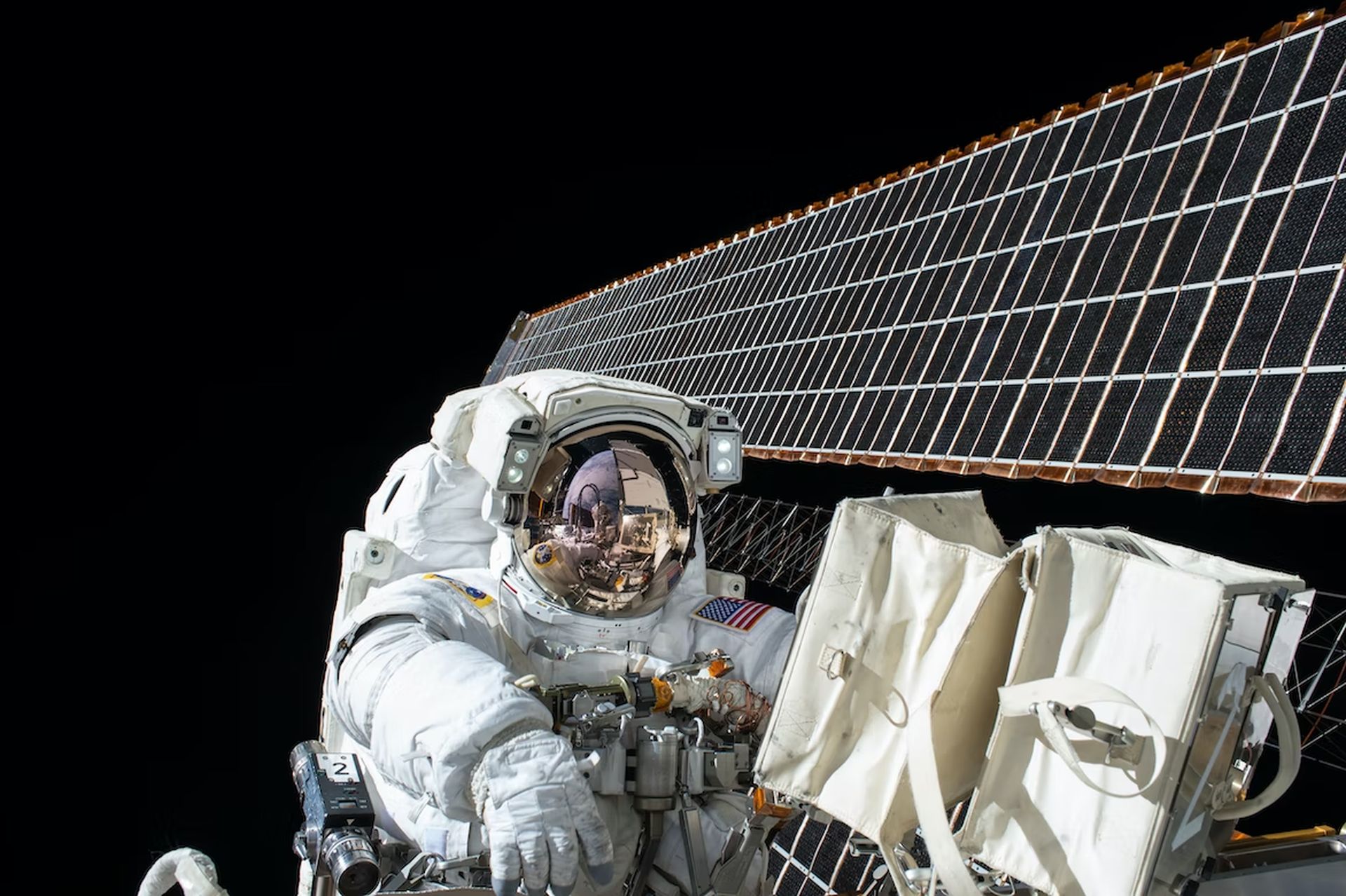
Artemis 1 crew: Stephanie Wilson
Wilson spent two years working in Denver, Colorado, with the former Martin Marietta Astronautics Group after earning his Harvard degree in 1988. Wilson was in charge of conducting coupled loads analyses for the launch vehicle and payloads throughout flight events as a loads and dynamics engineer for Titan IV. In order to pursue graduate studies at the University of Texas at Austin, Wilson departed Martin Marietta in 1990. Her work compared structural dynamics approaches and controller designs and was funded by NASA’s Langley Research Center through a NASA Graduate Student Researchers Fellowship. Her research was on the modeling and control of huge, flexible space structures.
She started working for the Jet Propulsion Laboratory in Pasadena, California, in 1992 after completing her graduate studies. Wilson was tasked with evaluating the performance of the attitude controller, the accuracy of the science platform’s pointing, the precision of the antenna’s pointing, and the accuracy of the spin rate for the Galileo spacecraft. She also contributed to the testing and sequence development processes. Wilson assisted the Interferometry Technology Program at the Jet Propulsion Laboratory by working on the Integrated Modeling team, which was in charge of software development, controller design, and finite element modeling.
Artemis 1 mission launch date and time
On a variety of platforms, including NASA television, the NASA app, the official NASA website, and NASA’s social media platforms, among others, one can witness the Artemis 1 mission online.
Live broadcasts of the launch will be available on NASA’s Facebook, Twitch and YouTube pages.
Additionally, NASA will run the Artemis blog , where the space agency will frequently release mission updates.
The goal of Artemis 1 mission is to lay the groundwork for human exploration of deep space, where astronauts will construct and start testing the technologies needed for trips to the Moon and other planets farther from Earth, such as Mars.
Where is Artemis launching from?
Artemis mission is the first comprehensive test of NASA’s deep space exploration equipment. At the NASA Kennedy Space Center in Florida, Launch Pad 39B will serve as Artemis 1 mission’s launch pad.
The US space agency’s deep space exploration systems are the Orion spacecraft, SLS rocket, and ground systems at NASA’s Kennedy Space Center in Florida.
Don’t forget to check out our article called: “NASA reveals what a black hole sounds like,” if you are curious about the space!

